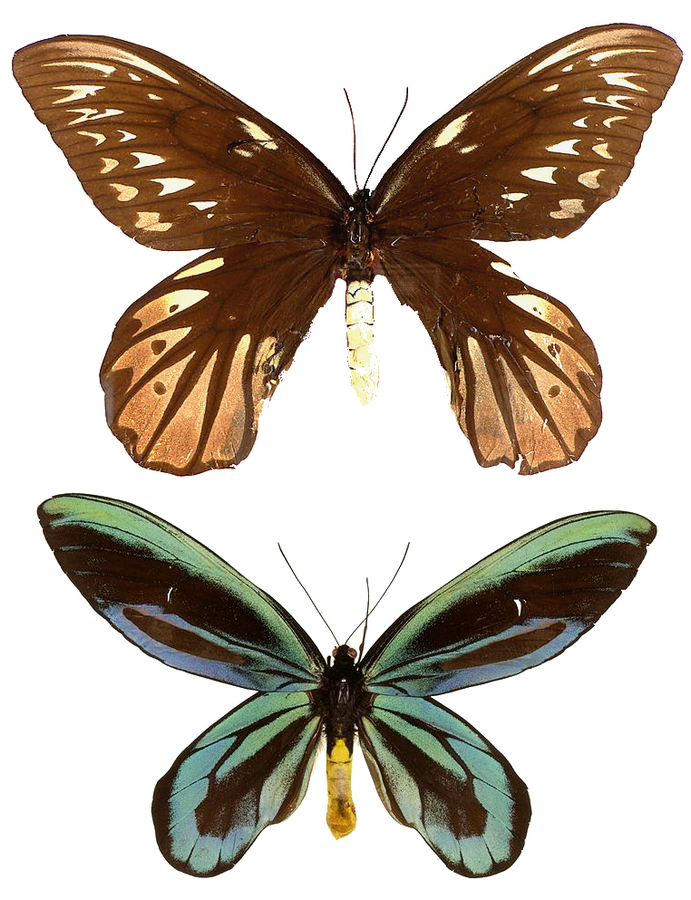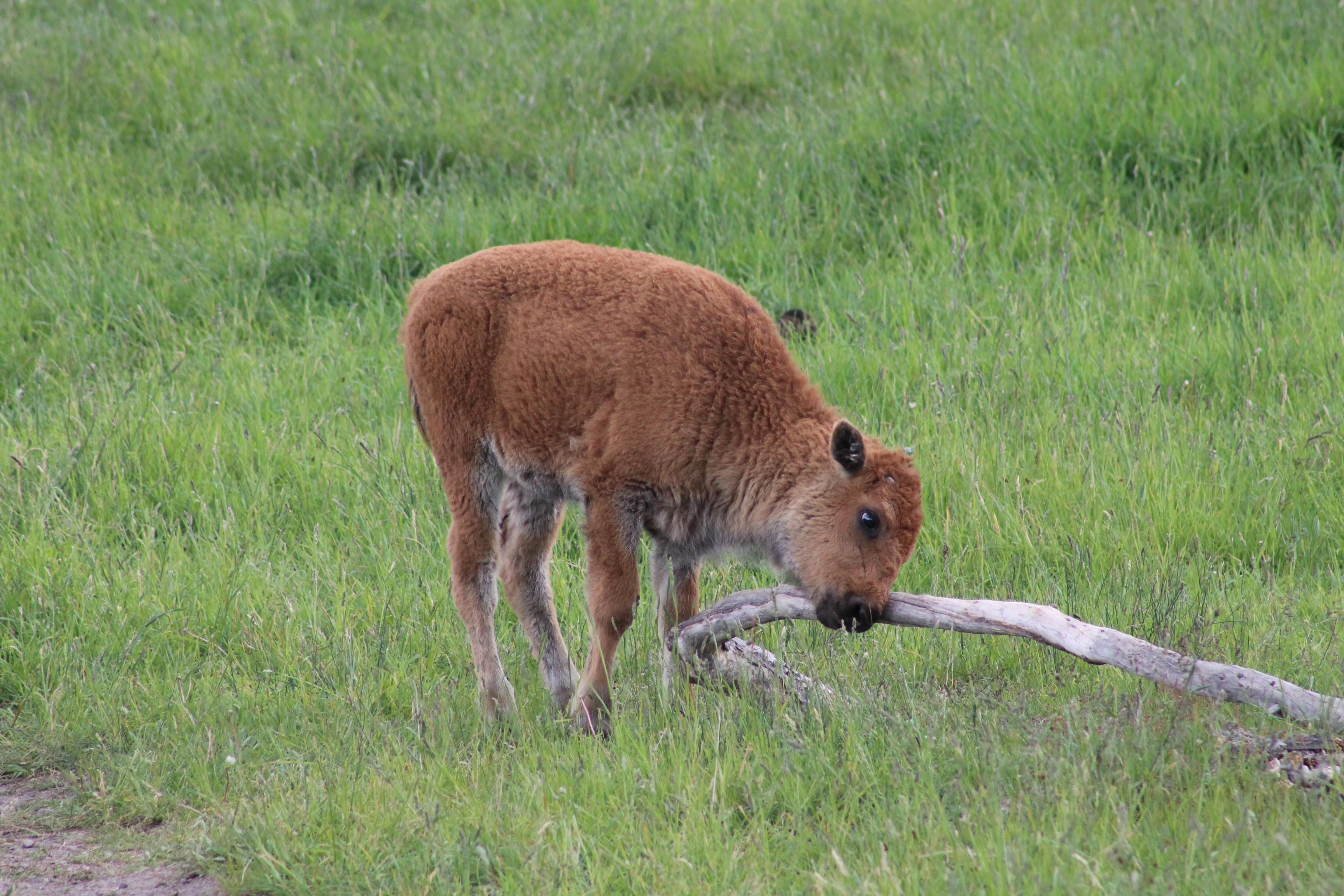Caveat: The names of others involved in this story to protect the innocent.
In every job that I have ever had there is this little line which always makes me cringe a bit "Other duties as assigned." When you work as an environmental education instructor that can mean a HUGE variety of things from getting up at the crack of dawn to drive to practically the other side of the state to man a booth at a local job fair to mucking out animal cages. Some of these "other duties" can get pretty interesting.
Background for this story.
In the summer of 2003 I took a job working as a research technician working as part of a multidisciplinary research project to look at the biodiversity and other factors at a local national guard training base. My boss was a well known entomologist and one of only a hand full of forensic entomologists at the time.
Let the hilarity begin.
One afternoon I got a call from my boss asking me to pick up a box from his office and take it over and put it in the fume hood in the lab. "People are complaining about the smell" he added before hanging up the phone. I ran across the street hopped into the elevator and pushed 5 to take me up to his office. Bing! Doors open and immediately I am hit with a smell I cannot quite describe and it seems to get worse the closer I get to his office. With a little bit of trepidation I knock on his office door. Bam! the full force of the unknown stench hits me in the nose as he ushers me into his very small office, at best this office was five feet by seven feet, trying not to breathe he points to the box. "Those are insect samples from an investigation. Just raise them to adults and then kill off the rest." I nodded headed back to the elevator trying my best not to breathe. Now, I have smelled my fair share of garbage, roadkill, and large amounts of animal poop and never once could I be called squeamish, but the smell coming from this box was like the worst versions of all of those smells rolled into one mega stink. I nervously smiled as people got on the elevator trying to pretend that I was not the cause of the stomach turning stench in the elevator. Back at the lab I put the whole box in the fume hood and turned it on and waited a few minutes before opening the box. I opened the box and quickly slammed the lid back on. Great, crime scene photos....close up......large format.....too soon after lunch for that. I grabbed a legal sized folder stuffed all the photos and copies of the police report and dropped them off in my bosses research office. I carefully transferred some egg cases, larva, "food", and sawdust from each evidence containers to specimen containers following the instructions given to me. Now to wait for them to do their metamorphosis thing. Everything went fine for the first five days, but on the sixth day things started to go horribly wrong. I keyed open the door flipped on the light and saw maggots running allover the place. Maggots were racing across the countertop, falling out from under the fume hood and racing across the floor. I raced to the hood and stood there and watched the maggots squeezing their way out through the tiny holes in the lid of the specimen container. I replaced the lid to the container and disposed of the escapees. For the next three days I arrived to the same scenario.
Day three I raced to one of the graduate student's office for help. Since he was assisting with the forensic conference happening on campus I figured he would be a good source of help.
Short version of what happened next
Me: "The maggots are running everywhere!"
Brian: Laughter.
Me: "They are escaping through the holes in the top of the one container."
Brian: "Try making the air holes smaller."
Me: "Tried that three times. They just keep squeezing through."
After a few minutes of watch the Houdini maggots squeeze through the newly replaced lid again.
Brian: "We need Rob."
We waited for a break in conference and approached Rob, noted forensic entomologist, for help.
After explaining the the problem he agreed to have a look and offer some suggestions. The three of use stood there watching them slither out of the container.
Rob: "They aren't happy."
Me: "Pardon?"
Rob: "There is something about their environment in that container they don't like so they are fleeing to find a better habitat."
Me: "All four containers of maggots have the same stuff and the others are not escaping."
Rob: "That's because their happy."
Me: I stood there silently staring at him. "So, how does one make a happy maggot? "
Rob: He shrugged before suggesting. "Change their food, give them different bedding, push the container further back in the hood. Just keep changing things and eventually their will stay put."
Me: "What food would you suggest?"
Rob: "Raw hamburger or liver is what I use."
Rob returned to the conference leaving Brian and I to ponder things. After a few minutes of discussion we headed to a local mom and pop shop which sold everything you could ever need and more. We tackled getting a bucket of sawdust first from the lumber yard out back before looking for hamburger. We stood in front of the counter looking at an array of hamburger; lean, extra lean, fatty trying to decide what type of hamburger to buy. The cheerful counter clerk after watching us whisper back and forth for a few minutes decided to offer her assistance.
Clerk: "If you tell me what your making I can help you decide on which hamburger. " she said with a smile.
I looked at Brian who was shaking is head back and forth. I decided to go all in.
Me: "We have a problem with some maggots we are raising in the lab and it has been suggested that we buy them hamburger to feed them since they don't seem to like what we are feeding them right now."
The clerk stood there mouth slightly open stunned into silence for a few minutes.
Clerk: "What are they eating now?" asked with trepidation.
Me: "Chicken liver."
The three of us stood there looking back and forth shrugging before we all started to giggle. We eventually settled on getting some lean hamburger for our legless friends. Their habitat was rebuilt new sawdust, layer of newspaper at the bottom to absorb more moisture, larger container, and the lean hamburger. The good news was they stopped escaping got nice and fat, but NEVER pupated. All the other containers pupated and developed into adults, but not these little maggots. They stayed that way for months. My boss would come to the lab ever so often to see if any adults had emerged or if they began to pupate, but after two months of waiting the decision was made to save a few of the larva and kill everyone else off.
I still don't understand why exactly they didn't complete their life cycle. Never had that happen to any other maggots or any other insects we were raising in the museum. We tried at one point to see if there was a way we could keep the cockroaches from growing up and creating more cockroaches thinking if we could manage to pull that off we could become millionaires and sell our technique to the Orkin guy who came by every so often to train the new pest control people.










